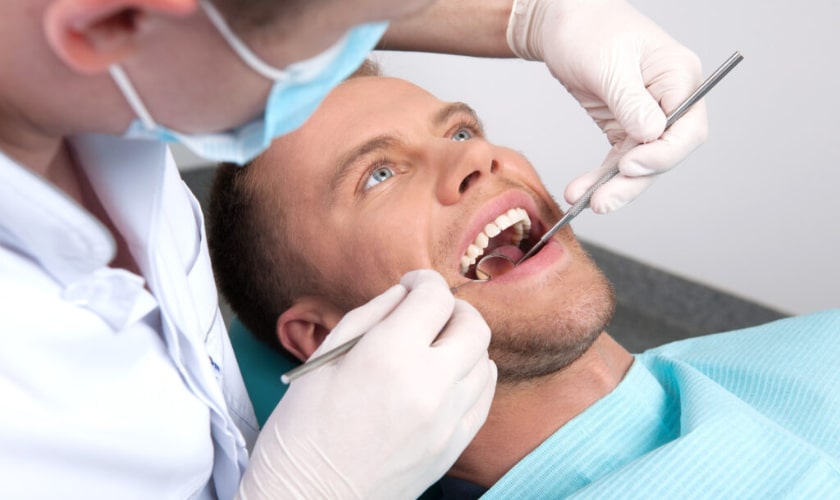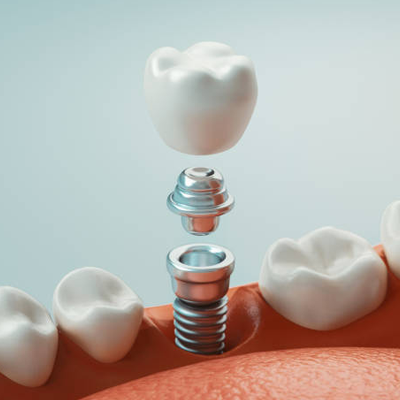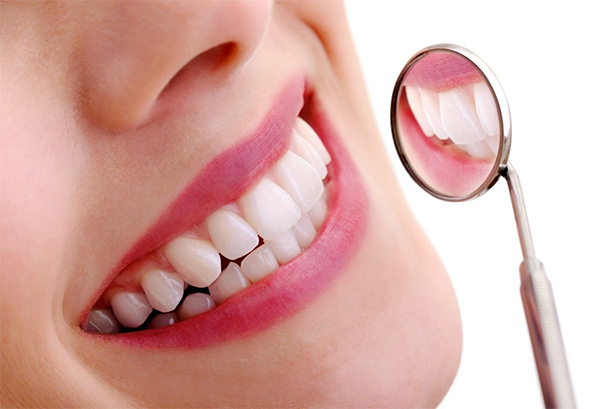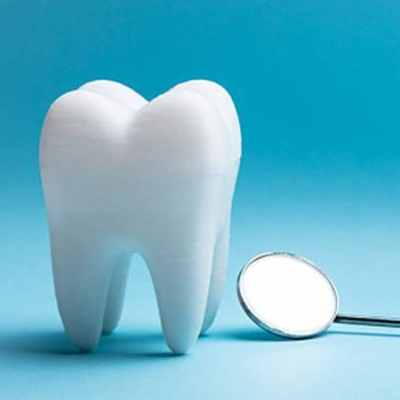
Save Your Teeth and Smile with Onlays: The Perfect Solution to Restore Damaged Teeth
Are you struggling with damaged or decayed teeth? Do you want to restore your beautiful smile without undergoing complex and painful dental procedures? Look no further than Onlays! These innovative restorations are the perfect solution for preserving your natural tooth structure while providing a durable and long-lasting fix. In this blog post, we’ll explore everything you need to know about Onlays, including the benefits they offer, how they work, and why they’re an excellent alternative to traditional fillings or crowns. So sit back, relax, and get ready to save your teeth and smile with confidence once again!
What is Onlays?
If you have a tooth that is severely damaged, but not enough to warrant a dental crown, then an Onlay may be the perfect solution for you. Onlays are made of porcelain or composite material and are custom-made to fit over the damaged tooth. They can be used to restore a tooth that has been chipped, cracked, or worn down. Onlays are also an excellent option for covering up stained or discolored teeth.
How Onlays Work to Restore Damaged Teeth
If you have a tooth that is decayed or has been damaged, an Onlay can be used to restore it. Onlays are made from a mold of your tooth and are then bonded to the damaged tooth. This helps to strengthen the damaged tooth and prevent further damage.
Benefits of Using Onlays for Restorative Dentistry
While there are many different options available for restoring damaged teeth, Onlays offer a number of unique benefits that make them an ideal choice for many patients. Here are just a few of the advantages of using Onlays for restorative dentistry:
Onlays can be used to repair a wide range of damage, from small chips and cracks to larger cavities and tooth decay.
Onlays are made from durable materials that will withstand the everyday wear and tear of eating, drinking, and speaking.
Onlays are custom-crafted to fit each patient’s individual tooth, providing a natural-looking restoration.
Because Onlays bond directly to the existing tooth structure, they can help to strengthen and support the damaged tooth.
If you are considering Onlays as a solution to your dental problems, be sure to talk to your dentist about all of the potential benefits that this treatment option can provide.
Types of Onlays for Different Tooth Conditions
There are different types of Onlays that can be used to restore damaged teeth. The type of Onlays that is best for you will depend on the extent of the damage to your tooth.
If you have a small chip in your tooth, a composite resin Onlays may be all that is needed to restore it. A composite resin Onlays is made from a mixture of plastic and glass particles. It is matched to the color of your tooth and then bonded to the tooth with dental adhesive.
If you have a large cavity in your tooth, an indirect ceramic Onlays may be necessary. An indirect ceramic Onlays is made from porcelain or another type of strong ceramic material. It is custom-made to fit your tooth and then bonded to the tooth with dental cement.
If you have extensive damage to your tooth, such as a cracked or broken tooth, a direct gold Onlays may be necessary. A direct gold Onlays is made from solid gold. It is custom-made to fit your tooth and then bonded to the tooth with dental cement. Gold Onlays are very strong and durable, but they are also very expensive.
Preparation for Getting an Onlay Procedure
If you have a tooth that is damaged or decayed, your dentist may recommend an Onlay procedure to restore it. An Onlays is a custom-made, tooth-colored restoration that covers the entire chewing surface of the tooth. It is made from high-quality materials that are designed to last for many years.
Before getting an Onlay procedure, your dentist will first need to take X-rays and impressions of your teeth. These will be used to create a model of your mouth so that the Onlay can be custom-made to fit your tooth. Once the Onlay is ready, you will come back into the office for a second appointment.
During this appointment, your dentist will clean the damaged tooth and prepare it for the Onlay. They will then bond the Onlay in place using strong dental adhesive. Once the Onlay is in place, your dentist will check to make sure it fits properly and make any adjustments as needed. Finally, they will polish the Onlay so it looks natural and blends in with your other teeth
Post Care and Maintenance After Receiving an Onlay
It is important to take care of your Onlay and practice good oral hygiene to make sure it lasts. Here are some tips:
-Brush twice a day with toothpaste that contains fluoride.
-Floss once a day.
-Visit your dentist regularly for checkups and cleanings.
-Avoid chewing hard foods or ice.
-Wear a mouthguard if you play sports.
Conclusion
Onlays are a great solution for restoring your teeth to their full function and aesthetic beauty. Not only do they look natural, but Onlays also ensure that your teeth are strong and healthy. We urge you to take the time to consider this restorative dental treatment if you have suffered any damage to your teeth or smile. With the help of an experienced dentist and proper care, you can restore your smile with Onlays and enjoy years of good health!
Onlays are dental restoration devices that are used to cover or repair damaged teeth. They work by filling in the damaged area of the tooth and restoring its original shape and function.
Onlays offer a number of advantages over other dental restoration options such as fillings, crowns, and veneers. They are less invasive than these other options, meaning that less of the healthy tooth structure needs to be removed in order to place them. Onlays also provides greater strength and durability than other options, making them ideal for repairing larger areas of damage. Finally,Onlays can be matched to the color of your natural teeth, providing a more seamless and aesthetically pleasing result.
Onlays are typically recommended for patients who have large areas of damage to their teeth but who still have enough healthy tooth structure remaining to support the placement of an Onlay. Your dentist will be able to evaluate your individual case and determine whether or not Onlays are right for you.







